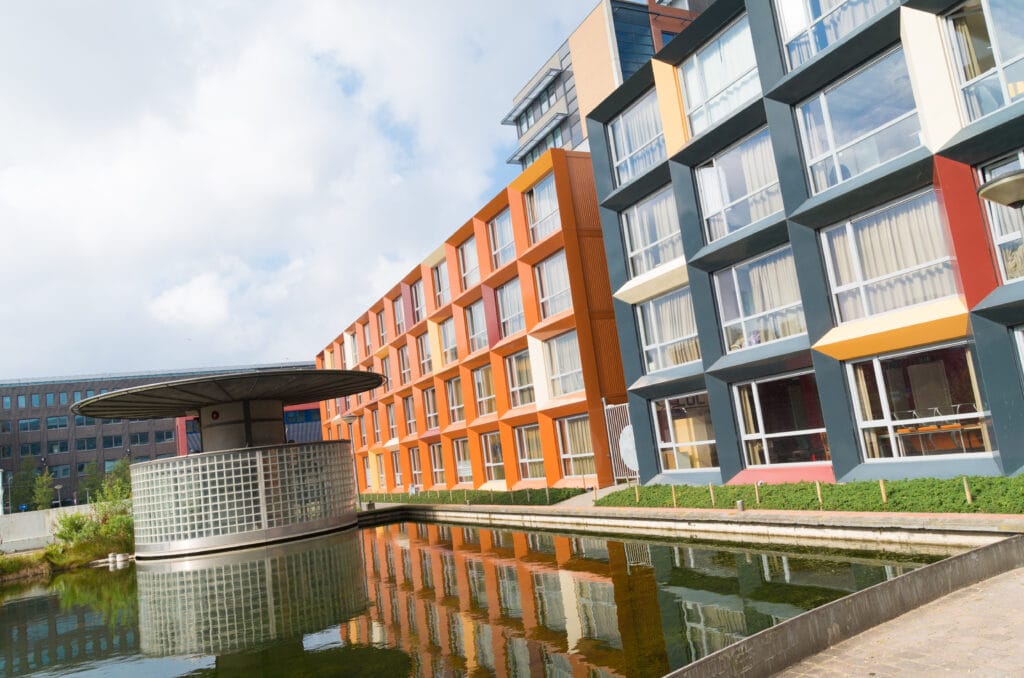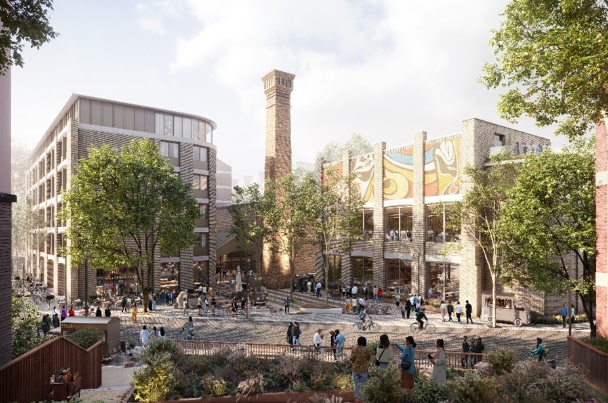What makes modern student accommodation accessible to disabled students?

At Direct Access, we regularly encounter horror stories about students excluded from proper access to their education environments due to insufficiently constructed student accommodation failing to meet their needs and a lack of Purpose-Built Student Accommodation.
A quick internet search reveals how common a reality this is. In general housing, a lack of thought and consideration for accessibility needs is a recurring issue – but for students, problems created by poor accommodation equal a lack of proper access to their education, reinforcing a barrier between themselves and future desirable employment.
Ignoring the needs of disabled students is segregation and inequality with negative implications for the futures of disabled young people.
The design and dynamics of PBSA mean it has been traditionally cheaper to build new Student Accommodation than it is to build living spaces in alternative types of buildings for other markets like in the Private Rented Sector (PRS), this is changing, however.
They are often self-contained studio flats with private kitchens and shared living space, or modern halls of residence with ensuite bedrooms, shared kitchen, dining, and living facilities.
As it stands currently, PBSA accounts for over 34% of total UK student bed spaces – and the UK is home to four of the top ten cities in Europe for student accommodation including London, Sheffield, Coventry, and Swansea.
Shared areas of large student accommodation buildings usually include TV, laundry facilities, commons rooms, study rooms, and increasingly cinemas & gyms amongst other facilities such as prayer rooms and game rooms. Parking is a rarity, but for schemes that do provide parking spaces, they’re chargeable, thus providing owners with another income stream.
An all-utility bills inclusive rent is the norm and has proven a very popular and important aspect for students. Developments of 150 or more Bed Spaces tend to come fully managed with an on-site team, meaning the responsibility for the running of the building, finding tenants, conducting viewings, handling tenant queries, and maintenance is usually done in-house with further aspects managed by a central office.
Local councils across the UK tend to favour PBSA over the House in Multiple Occupancy (HMO) property markets as it confines many students to specific areas and reduces the pressure on local housing stock which could be otherwise left to families and non-student groups. For this reason, most PSBA Student Accommodation blocks tend to be positioned in central locations and within walking distance of university institutions.

Many councils have also put in planning policy measures to restrict the number of student houses by way of an article 4 Direction within specific areas meaning planning permission is required to convert a family dwelling for multiple occupancy use. This naturally helps to propel new PBSA Development projects in areas that have a high concentration of student housing and an undersupply of Purpose-Built Accommodation. This is a service that Direct Access is delighted to be able to provide.
If you are considering a new PSBA build, get in touch with Direct Access today. Our Access consultancy team will ensure that you take the steps to not only do the right thing for disabled students but also open the door to the social and financial benefits that come only as a result of creating an accessible and inclusive environment for disabled people.
Most members of our team, in addition to having lived experience of disability, were also former students, with first-hand experience of different generations of student housing, informing our knowledge and understanding of student life.